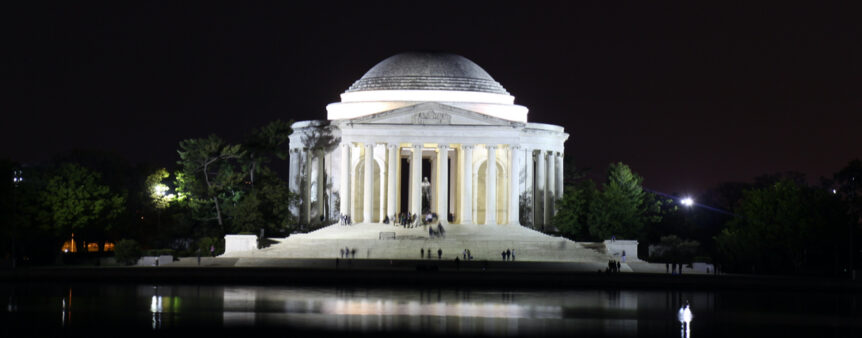
False Personation of a Police Officer in D.C.
It is a misdemeanor criminal offense in the District “for any person, not a member of the police force, to falsely represent himself as being such member, with a fraudulent design.” D.C. Code § 22-1406.
The offense is punishable by up to 180 days in jail and a $1,000 fine.
Elements of the Offense
The offense has two elements. First, the defendant must (1) falsely represent himself to be a member of the police force. Second, this representation must be with “fraudulent design.” Gary v. United States, 955 A.2d 152, 154 (D.C. 2008).
Fraud is a “generic term which embraces all the multifarious means . . . resorted to by one individual to gain advantage over another by false suggestions or by suppression of the truth.” Savoy v. United States, 981 A.2d 1208, 1213 (D.C. 2009).
Potential Defenses
In order for the prosecution to secure a conviction for this offense, it is not enough that it prove that the defendant was dressed up as a police officer. Otherwise, a person dressed for Halloween and a costume party could be found guilty of this offense. Instead, the government must also prove “fraudulent design.”
“Fraudulent design” requires evidence that, by dressing up as a police officer, the defendant was attempting to deceive another person in order to gain some advantage. The advantage does not need to be monetary or even material in nature.” Gary, 955 A.2d at 155.
In every case in which the D.C. Court of Appeals has affirmed a conviction for False Personation, the defendant has undertaken some affirmative act to assert his authority as a law enforcement officer. In Williams, for example, the defendant displayed a badge and handcuffs and threatened to take a woman to jail unless she performed two sex acts. Williams v. United States, 404 A.2d 189, 191 (D.C. 1979).
In Gary, the defendant displayed a red badge on the dashboard of his car and a badge around his neck and ordered someone around, threatening to lock up the person if the person did not comply. Gary,955 A.2d at 153. In Savoy, the defendant employed a siren, air horn, flashing lights in the windows and grill of his car and claimed to be “with metro P.D. in order to avoid getting into trouble for running stop signs and red lights.” Savoy, 981 A.2d at 1213.
Finally, the Court of Appeals concluded in Tuckson that, although the defendant had outfitted his car with dark windows, long antennas, a police-style dash light and other features that made it appear as if it were a police vehicle, there was no fraudulent design: “Tuckson was not seen acting like a police officer.” Tuckson v. United States, 77 A.3d 357, 365 (D.C. 2013)(emphasis added).
